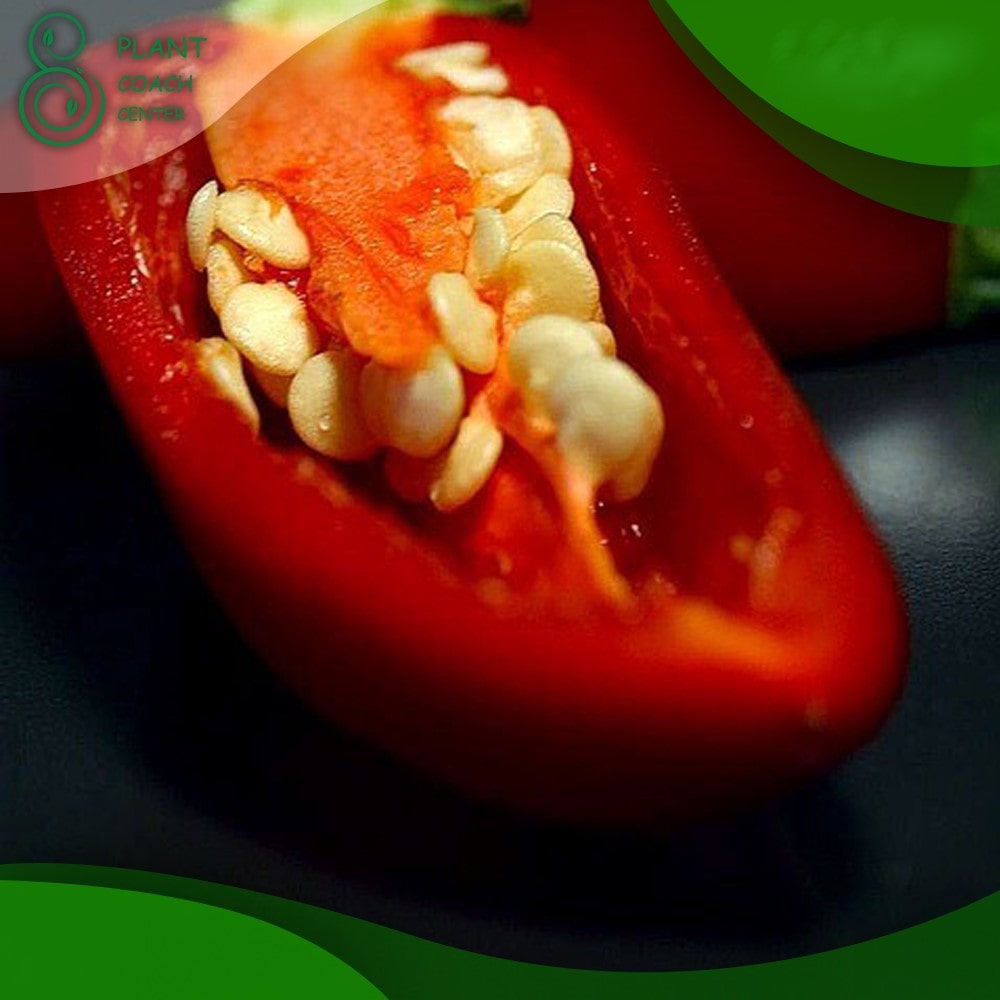When to Plant Pepper Seeds Indoors
Plants bring beauty and life to our surroundings, but they can also present challenges. Whether you’re a seasoned gardener or a beginner, understanding plant problems and seeking guidance can greatly enhance your gardening experience.
This comprehensive guide focuses on one specific aspect of plant care: knowing when to plant pepper seeds indoors. By starting pepper seeds indoors, you can gain several advantages, such as increased variety selection, healthier seedlings, and an extended growing season.
Starting seeds indoors is an integral part of plant coaching, a practice that involves guiding plants through their growth journey to ensure optimal health and productivity. It allows you to control various environmental factors and address potential issues early on, setting your plants up for success.
In this article, we will delve into the intricacies of starting pepper seeds indoors, covering everything from seed characteristics and ideal planting times to troubleshooting common problems and maximizing your chances of success.
Before we dive into the specifics of indoor seed starting, let’s briefly explore the concept of plant coaching and the importance of understanding plant problems. While plantcoachcenter.com can provide extensive resources and personalized guidance, this article aims to equip you with the knowledge and tools necessary to make informed decisions and overcome challenges in your pepper-growing journey.
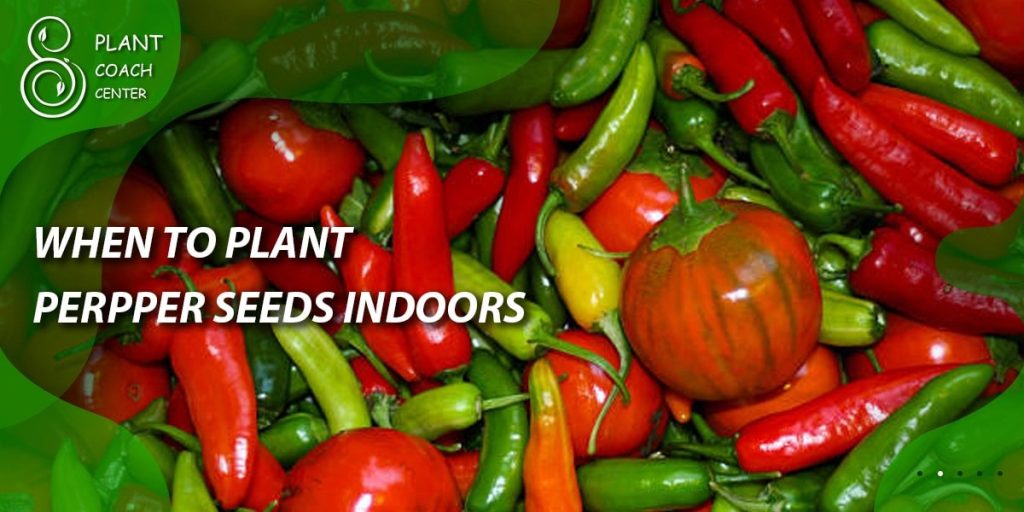
Benefits of Starting Pepper Seeds Indoors
Starting pepper seeds indoors offers numerous benefits that can significantly enhance your gardening experience. Let’s explore some of the advantages in detail:
- Advantages of Indoor Seed Starting
Increased Variety Selection: When starting pepper seeds indoors, you have access to a wider range of pepper varieties than those typically available as seedlings at local nurseries. This opens up a world of possibilities, allowing you to grow unique and exotic peppers tailored to your tastes and preferences.
Healthier Seedlings: By starting seeds indoors, you have greater control over the growing conditions, ensuring optimal germination and early growth. This results in healthier and sturdier seedlings, which are more likely to thrive when transplanted into the garden.
Earlier Planting and Extended Growing Season: Starting pepper seeds indoors gives you a head start on the growing season. By providing a controlled environment with adequate warmth and light, you can initiate growth before the weather outside is suitable for planting. This allows you to enjoy an extended growing season and harvest peppers earlier than if you were to sow seeds directly in the garden.
Starting pepper seeds indoors is a rewarding endeavor that provides you with greater control over your pepper-growing journey. The following section will delve into the specifics of pepper seed characteristics and help you understand the factors that influence the ideal timing for indoor seed starting.
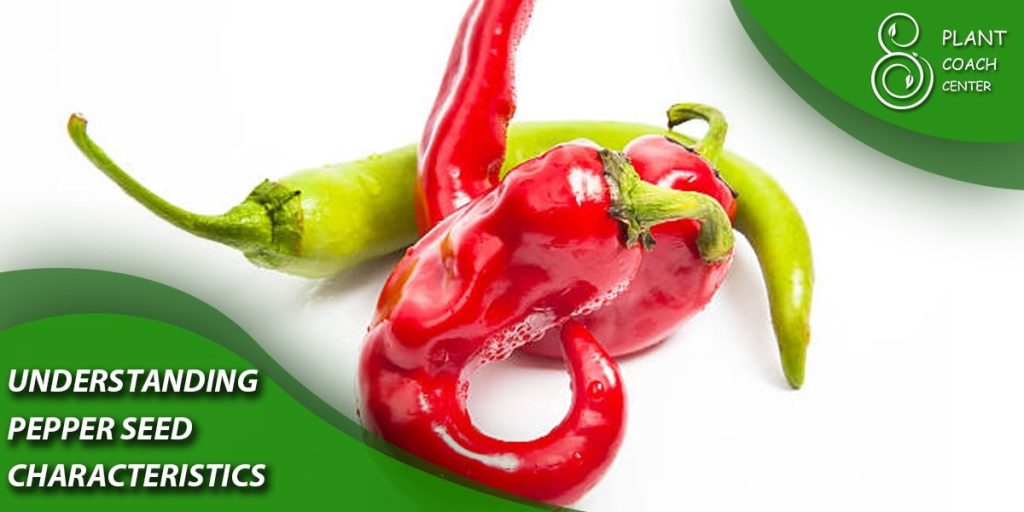
Understanding Pepper Seed Characteristics
To successfully start pepper seeds indoors, it’s essential to have a good understanding of the characteristics of pepper seeds. Here, we will explore the anatomy and structure of pepper seeds, different types of pepper seeds, and factors that influence seed viability and storage.
- Pepper Seed Anatomy and Structure
Pepper seeds are small, usually ranging in size from 2 to 5 millimeters. They have a protective outer coating called the seed coat, which helps safeguard the embryo inside. The embryo consists of the tiny plant that will grow into a pepper plant when provided with the right conditions.
- Different Types of Pepper Seeds
Pepper seeds come in various types, including open-pollinated, hybrid, and heirloom. Understanding these distinctions can help you make informed choices when selecting seeds for your indoor seed starting.
– Open-pollinated Seeds: These seeds are produced through natural pollination by wind, insects, or other means. They typically grow into plants that closely resemble their parent plants and can be saved and replanted in subsequent years.
– Hybrid Seeds: Hybrid seeds are the result of cross-pollination between two different parent plants. They offer specific traits such as disease resistance, uniformity, or enhanced flavor. However, seeds saved from hybrid plants will not consistently produce the same characteristics as the parent plant.
– Heirloom Seeds: Heirloom seeds are open-pollinated varieties that have been passed down through generations, often for 50 years or more. They are prized for their historical significance, unique flavors, and diverse appearances. Saving and sharing heirloom seeds help preserve traditional plant varieties.
- Seed Viability and Storage
The viability of pepper seeds refers to their ability to germinate and produce healthy seedlings. Seed viability can vary depending on factors such as seed quality, age, and storage conditions. It’s important to use fresh, high-quality seeds for the best germination rates.
When storing pepper seeds, proper conditions are crucial to maintain their viability. Here are some key points to consider:
– Temperature and Humidity: Seeds should be stored in a cool, dry place to prevent moisture buildup and minimize the risk of fungal growth or seed deterioration. Ideal storage temperatures range between 32°F (0°C) and 41°F (5°C).
– Darkness: Exposure to light can negatively affect seed viability. Keep seeds in opaque containers or seed packets to protect them from light.
– Air Circulation: Good airflow is essential to prevent the buildup of excess moisture. Avoid storing seeds in airtight containers and opt for breathable packaging or containers with small ventilation holes.
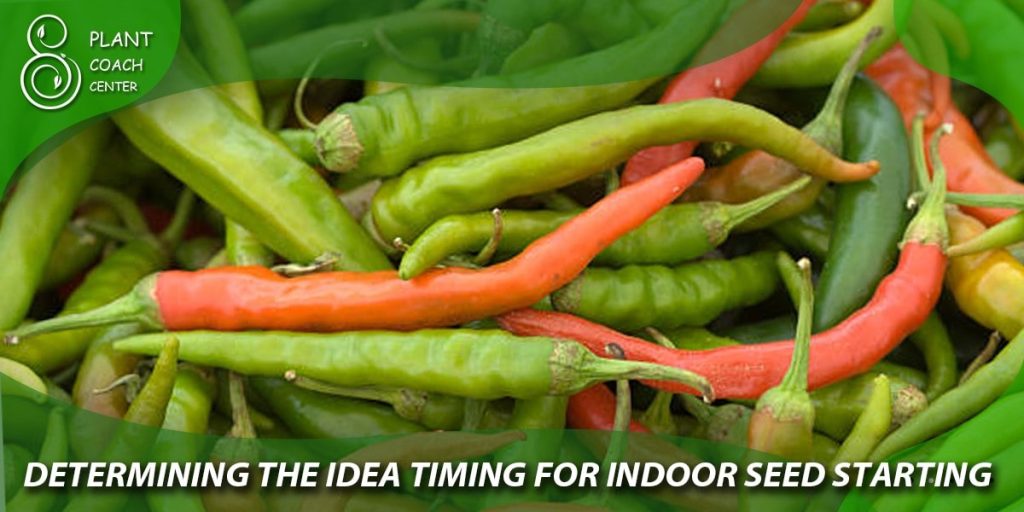
Determining the Ideal Timing for Indoor Seed Starting
Timing is crucial when it comes to starting pepper seeds indoors. The right timing ensures that your seedlings have ample time to grow and develop before being transplanted outdoors. In this section, we will explore the various factors to consider when determining the ideal timing for indoor seed starting.
- Factors to Consider for Timing
Several factors influence the timing of indoor seed starting for peppers. Consider the following:
– Frost Dates: Determine the average date of the last spring frost in your region. Starting seeds indoors 6 to 8 weeks before the last expected frost date allows the seedlings to be ready for transplantation when the risk of frost has passed.
– Pepper Variety: Different pepper varieties have varying growth rates. Some peppers take longer to mature than others. Refer to the seed packet or reliable gardening resources to determine the specific growth duration of the pepper variety you intend to grow.
– Growing Conditions: Indoor seed starting requires providing suitable warmth, light, and humidity for the seeds to germinate and thrive. Ensure that your indoor growing environment is adequately set up and ready before starting the seeds.
- Recommended Starting Times for Different Pepper Varieties
To help you determine the appropriate starting times for various pepper varieties, here are some general guidelines:
– Hot Peppers (e.g., Jalapeño, Habanero): Start seeds indoors 8 to 10 weeks before the last expected frost date. These peppers typically have a longer maturity period, so an early start ensures they have sufficient time to mature and produce fruits.
– Sweet Peppers (e.g., Bell Peppers, Banana Peppers): Begin indoor seed starting 6 to 8 weeks before the last expected frost date. Sweet peppers generally have a shorter maturity period compared to hot peppers.
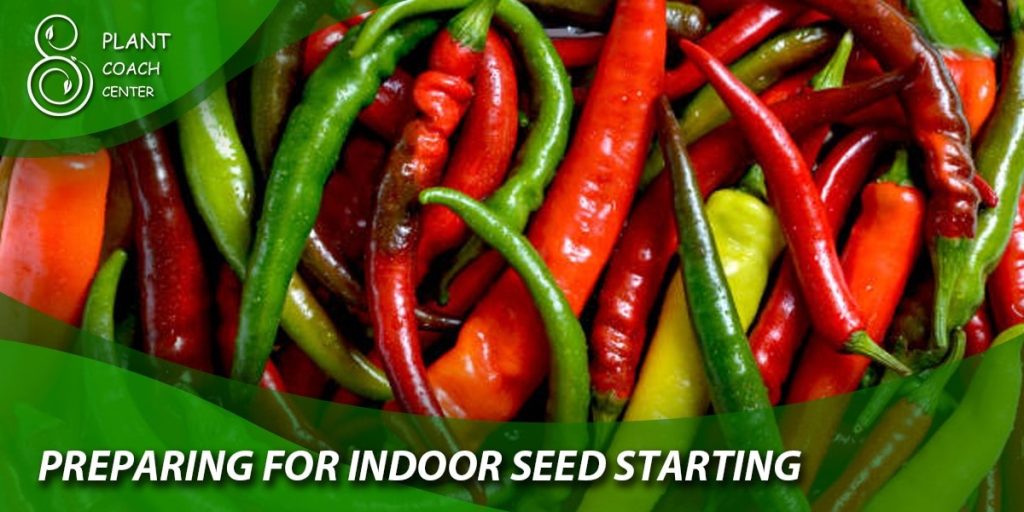
Preparing for Indoor Seed Starting
Before you begin sowing pepper seeds indoors, it’s crucial to make adequate preparations. Proper preparation ensures that you have all the necessary supplies and create an optimal environment for successful seed germination and healthy seedling growth. Let’s explore the key steps involved in preparing for indoor seed starting:
- Gathering Necessary Supplies
To start pepper seeds indoors, gather the following supplies:
– Seeds: Obtain high-quality pepper seeds from reputable sources. Consider the specific pepper varieties you want to grow and ensure they are suitable for indoor cultivation.
– Containers: Select containers suitable for seed starting, such as seed trays, peat pots, or cell packs. Ensure they have drainage holes to prevent waterlogging.
– Growing Medium: Choose a well-draining and sterile growing medium, such as seed-starting mix or a blend of peat moss, vermiculite, and perlite.
– Watering Can or Spray Bottle: Use a watering can with a fine rose attachment or a spray bottle to provide gentle and controlled moisture to the seeds and seedlings.
– Grow Lights: If natural light is limited, consider investing in fluorescent or LED grow lights to provide adequate light for seedling growth.
– Heat Mat: If your indoor environment is cooler, a heat mat can provide bottom heat to promote faster and more uniform germination.
– Labels: Use plant labels or popsicle sticks to mark each container with the pepper variety and sowing date.
– Optional: Seedling Heat Mat, Humidity Dome, and Fan: These additional supplies can help create optimal conditions for seed germination and early growth, but they are not essential.
- Choosing the Right Containers and Growing Medium
Select containers that are appropriate for starting pepper seeds and have adequate drainage. Peat pots or cell packs are good options as they can be planted directly into the ground without disturbing the delicate seedling roots.
For the growing medium, choose a sterile seed-starting mix or create your own blend using equal parts peat moss, vermiculite, and perlite. This mixture provides good aeration and moisture retention, promoting healthy root development.
- Preparing the Growing Medium
Moisten the seed-starting mix or your custom blend with warm water until it is evenly damp but not soaking wet. Fill the containers with the moistened growing medium, leaving a small gap at the top for easier watering.
- Sterilization and Disease Prevention
To minimize the risk of soil-borne diseases, it is recommended to sterilize the containers and growing medium before sowing the seeds. You can sterilize containers by washing them with warm, soapy water and rinsing them thoroughly. If reusing containers, sanitize them with a diluted bleach solution.
Additionally, avoid using garden soil for starting seeds indoors, as it may contain pathogens and weed seeds. Opt for sterile seed-starting mix or a commercial potting mix specifically formulated for seed starting.
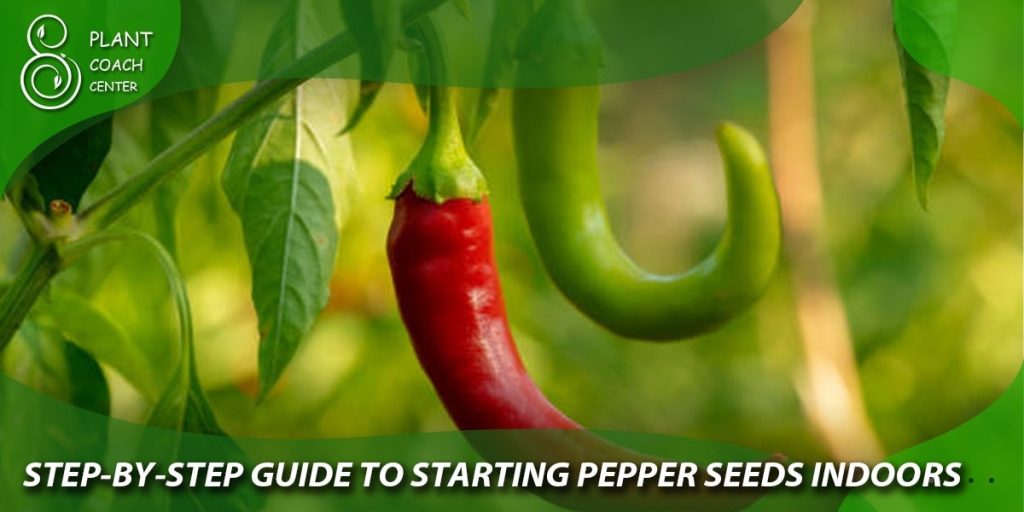
Step-by-Step Guide to Starting Pepper Seeds Indoors
Starting pepper seeds indoors requires careful attention to detail to ensure successful germination and healthy seedling growth. Follow these steps to start your pepper seeds indoors:
- Prepare the Containers
– Clean and sterilize the containers you will be using to sow the seeds.
– Fill the containers with a moistened, sterile seed-starting mix or your custom blend, leaving a small gap at the top for watering.
- Sow the Seeds
– Read the seed packet for specific instructions on seed depth and spacing.
– Create small indentations or furrows in the growing medium with your finger or a pencil.
– Place one or two pepper seeds in each indentation, ensuring they are properly spaced.
– Cover the seeds with a thin layer of the seed-starting mix, following the recommended depth provided on the seed packet.
– Gently press down the growing medium to ensure good seed-to-soil contact.
- Provide Optimal Conditions for Germination
– Place the containers in a warm location with temperatures between 75°F (24°C) and 85°F (29°C). A seedling heat mat can be used to provide bottom heat if necessary.
– Cover the containers with a humidity dome or a clear plastic wrap to create a greenhouse-like environment that retains moisture.
– If using a humidity dome, vent it periodically to prevent excess moisture buildup and reduce the risk of fungal growth.
– Alternatively, you can place a small fan nearby on a low setting to provide gentle air circulation, which helps prevent damping-off disease.
- Provide Adequate Light
– Once the seeds have germinated and seedlings emerge, remove the humidity dome or plastic wrap.
– Place the containers under fluorescent or LED grow lights, keeping them 2 to 4 inches (5 to 10 cm) above the seedlings.
– Aim to provide 14 to 16 hours of light per day. Adjust the height and duration of light exposure based on the growth and vigor of the seedlings.
- Watering and Fertilizing
– Monitor the moisture level of the growing medium and water as needed. Avoid overwatering, as it can lead to damping-off disease and root rot.
– Water the seedlings gently to prevent dislodging or damaging the delicate roots.
– Once the seedlings develop their first set of true leaves, you can start fertilizing them with a diluted, balanced liquid fertilizer according to the package instructions.
- Harden Off and Transplanting
– About a week before the last expected frost date, gradually acclimate the seedlings to outdoor conditions through a process called hardening off.
– Start by placing the seedlings outdoors in a sheltered, shaded area for a few hours each day, gradually increasing the exposure time over the course of a week.
– After hardening off, the seedlings should be ready for transplanting into the garden. Choose a suitable location with well-draining soil and ample sunlight.
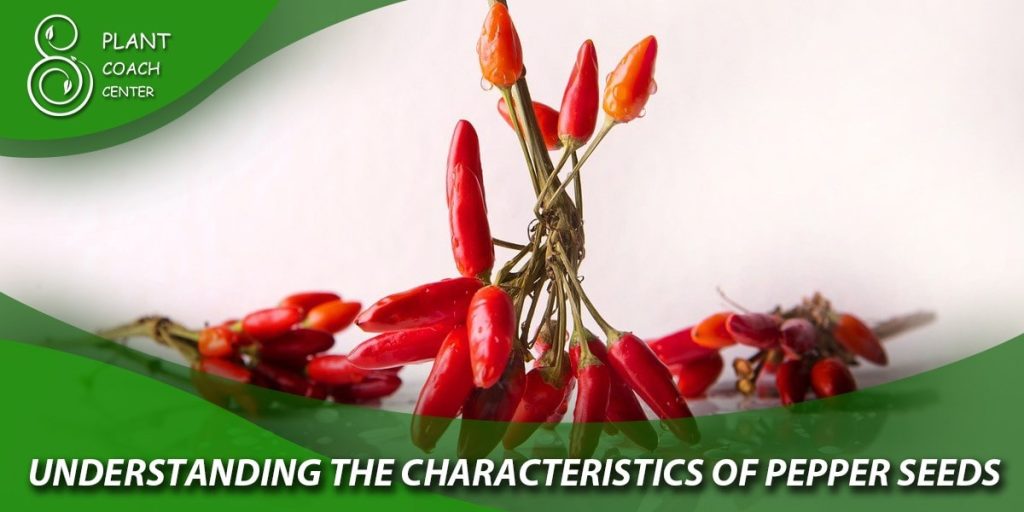
Conclusion
starting pepper seeds indoors allows you to get a head start on the growing season and ensures a higher chance of success. By understanding the characteristics of pepper seeds, determining the ideal timing for indoor seed starting, and making proper preparations, you can create optimal conditions for germination and healthy seedling growth.
Key considerations include selecting high-quality seeds, understanding the different types of pepper seeds, and ensuring proper storage to maintain seed viability. Timing your seed starting based on frost dates, pepper variety, and growing conditions is essential for successful indoor cultivation.
Preparing for indoor seed starting involves gathering the necessary supplies, choosing suitable containers and growing medium, and ensuring sterilization and disease prevention. Following a step-by-step guide, including sowing the seeds, providing optimal conditions for germination, providing adequate light and water, and ultimately hardening off the seedlings, will set you up for success.


